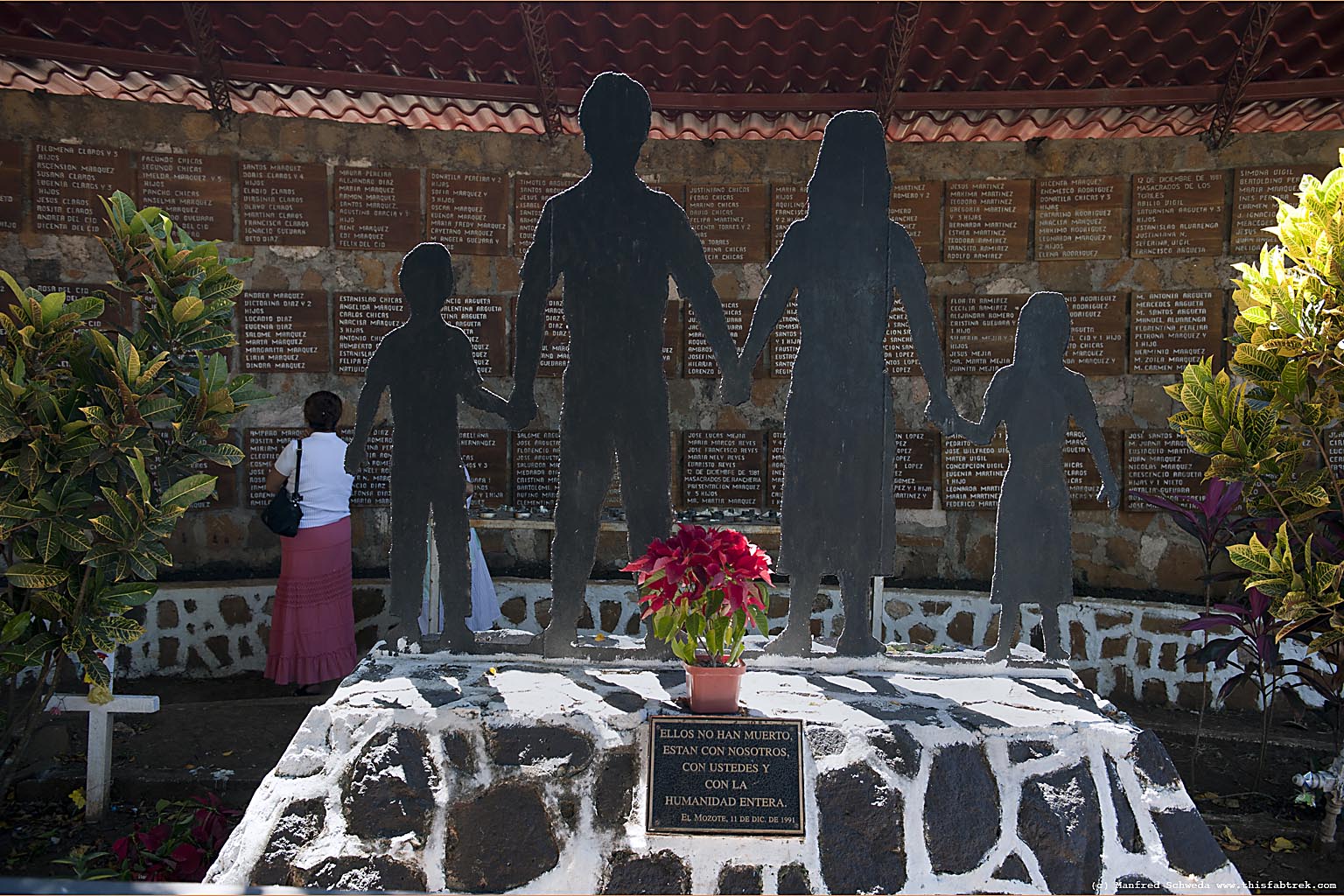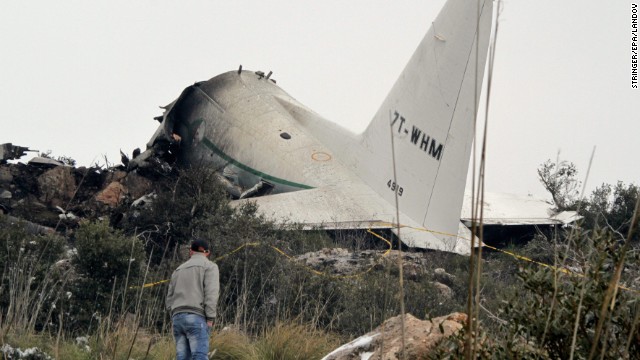
Forensic experts from around the world met in El Salvador last week to support the state's first tentative steps toward investigating what is considered among the most heinous atrocities in Latin American history -- the massacre of El Mozote.
By inviting the Human Rights Center at the UC Berkeley School of Law and forensic teams from Argentina, Guatemala, and Bosnia-Herzegovina to El Salvador, the Supreme Court of Justice gave hopeful signs that it intends to comply with the sentence of the Inter-American Court to investigate the massacre that took place in December 1981.
Like the assassination of Archbishop Oscar Romero in 1980 and six Jesuit priests in 1989, the massacre of El Mozote is both a painful reality and a tragic symbol of the darkest days of the war. Over three days in the eastern department of Morazan, the U.S.-trained Atlacatl Battalion terrorized and killed more than 1,000 villagers, among them some 400 children -- the youngest only three days old.
Since the end of the 12-year war in 1992, El Salvador's Amnesty Law has prevented the prosecution of those who committed human rights abuses during the armed conflict. However the Inter-American Court ruled in October 2012 that the massacre of El Mozote violated international law, specifically the American Convention on the "rights to life, to personal integrity and to personal liberty" and other articles related to rape, torture, and the murder of children. The Court sentenced El Salvador to investigate the facts of the massacre, identify and prosecute those responsible, and return remains of the victims to their next of kin.
El Salvador was asked to take action within two years -- by December 2014 -- but the clock ticked for a full year without progress. Until now.
Finally, under the new leadership of El Salvador's provisional Supreme Court President Florentín Meléndez Padilla, who took office last fall, the state has begun to comply. Meléndez and the Supreme Court's Institute of Legal Medicine invited the Argentine Forensic Anthropology Team, the Guatemalan Forensic Anthropology Foundation, the International Commission on Missing Persons in Bosnia-Herzegovina, and UC Berkeley's Human Rights Center to spend four days in El Salvador offering scientific advice and insights.
The meeting has helped to establish progress on El Mozote in case any political winds (and political personnel) shift with the presidential elections -- the second round of which will be held on March 9.
"We do need great wisdom in these four days so that we can agree to an action plan -- not in months but in weeks," said Dr. Cristián Orrego Benavente, director of the Human Rights Center's Forensic Program, at the outset of the meeting, expressing the need to act quickly.
The forensic scientists who visited El Salvador have decades of experience searching for graves, exhuming bodies, identifying remains, and scientifically documenting crimes -- often with the participation of grieving families. The Argentine Forensic Anthropology Team has worked on El Mozote intermittently over two decades under the sponsorship of Tutela Legal, the former human rights office of the Archdiocese of the Catholic Church of El Salvador.
While El Mozote's massacre has been well reported by journalists (most notably Raymond Bonner in The New York Times, Alma Guillermoprieto in The Washington Post, and Mark Danner in The New Yorker) and intensive investigations and exhumations have been performed by the Argentinians, the state itself has never investigated the crime.
During the meetings at the Supreme Court of Justice in San Salvador, the visiting scientists raised critical questions for their Salvadoran colleagues who will conduct the work, including: How will the families of the victims of El Mozote be involved from the very beginning of the process, as mandated by the Court? Are there more graves to exhume and what will happen if family members don't want to unearth them? What are the best forensic tools to use in this investigation? What are the challenges associated with investigating a massacre that happened 32 years ago?
The scientists and Salvadoran colleagues traveled more than three hours east from San Salvador to El Mozote to see the massacre sites and to hear testimonies from victims' family members. They also spoke with the legendary Belgian priest, Father Rogelio Ponselle, who has worked with the community for some 20 years, and visited the monument that honors the victims.
"This is where we found fifteen people -- five from my family and ten from another," said Orlando Márquez, standing on a hill and pointing to a stretch of field flanked by cows where El Mozote's dead were once strewn. It's a story he has told several times in the 32 years since the massacre.
Now, with a new state-sponsored investigation, he and other family members will likely recount their stories again -- this time for the official record.
Despite the ubiquitous history of political violence in the country, Salvadoran forensic investigators simply have not had the means to comprehensively investigate or formally prosecute massacres. Moreover, they are burdened by simultaneously investigating an all-consuming gang war marked by brutality that has produced a steady stream of disfigured and mutilated victims.
All agreed that the scientific expertise of forensic experts who have worked in the trenches throughout Latin America, Africa, and Europe will be critical to the future of El Salvador's investigation of El Mozote.Last weeks' meetings marked an essential step toward revisiting and beginning to repair a wartime atrocity and accurately preserving historical memory -- for surviving families like that of Márquez and for all Salvadorans.
Rapid next steps -- including meetings with families, scientists, prosecutors, and Salvadoran officials -- will hopefully propel El Salvador toward satisfying the Inter-American Court's ruling and seeking a measure of truth and justice for victims and the nation as a whole.
Monday 12 February 2014
http://www.huffingtonpost.com/andrea-lampros/forensic-scientists-suppo_b_4749719.html



